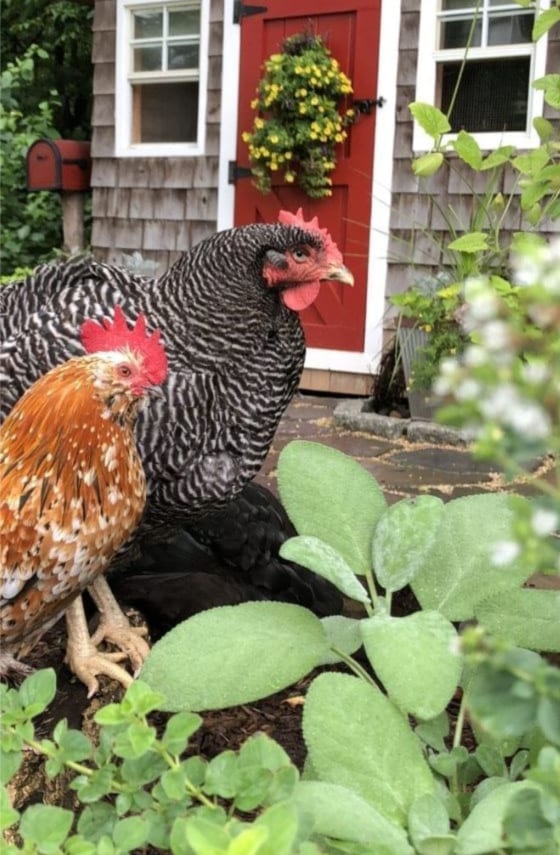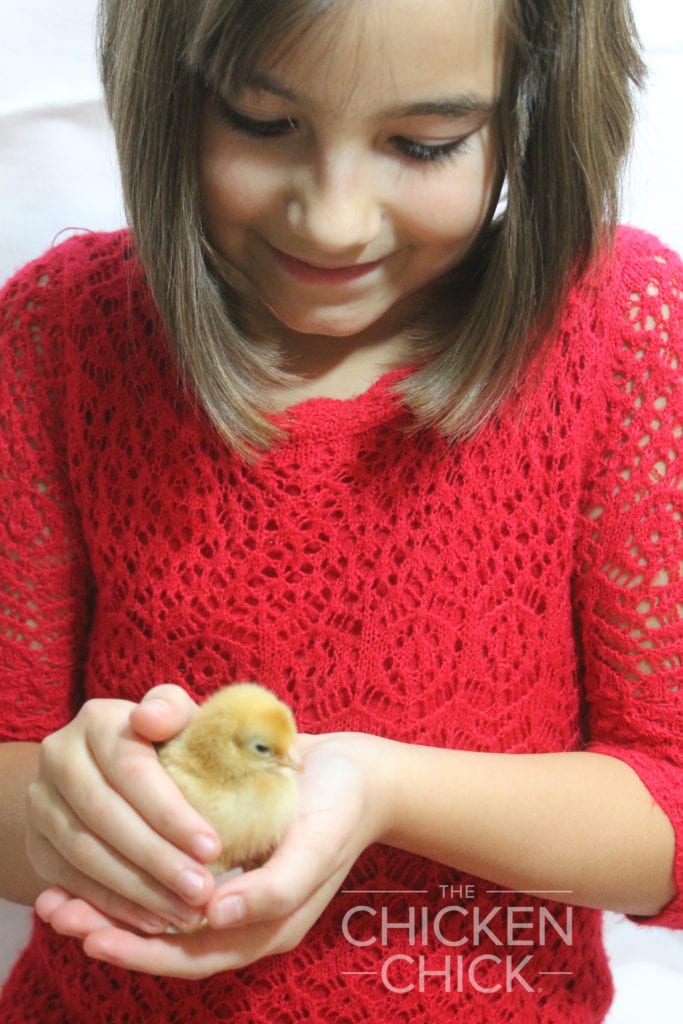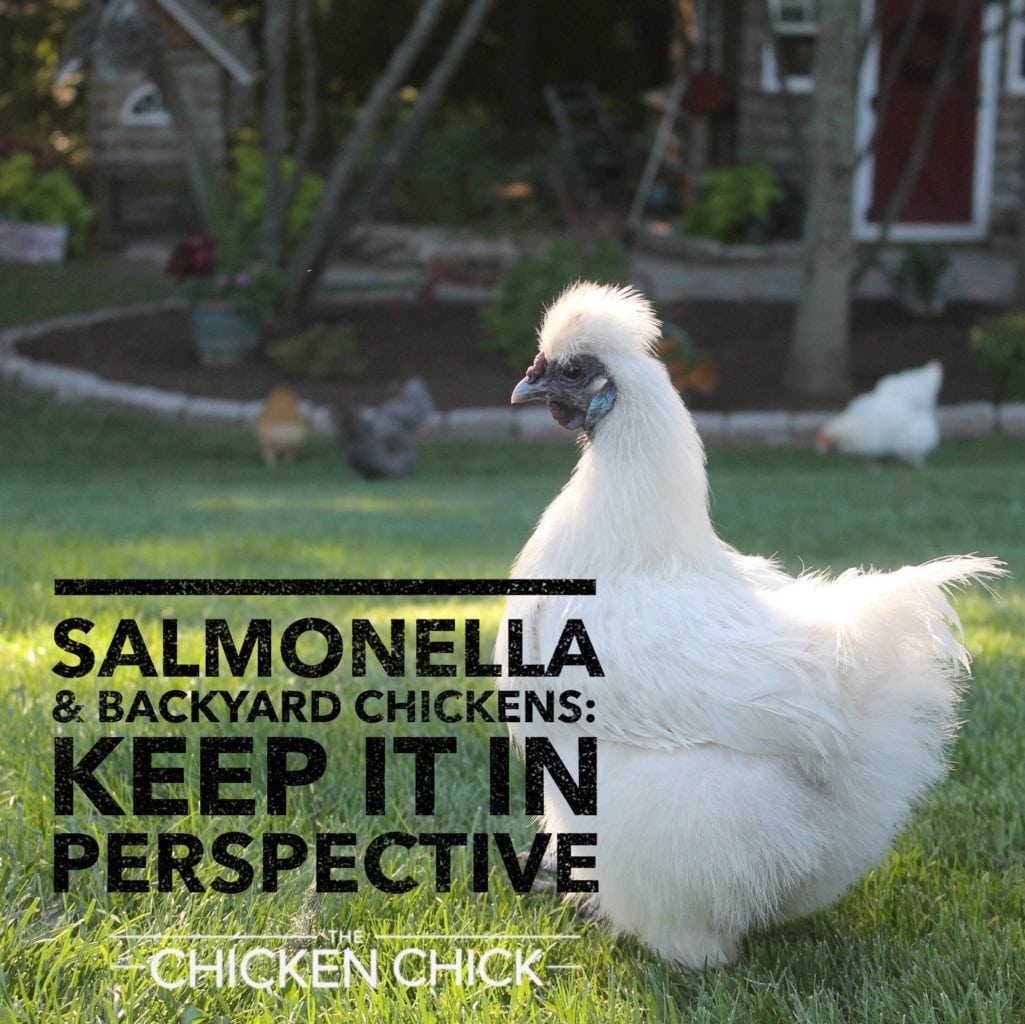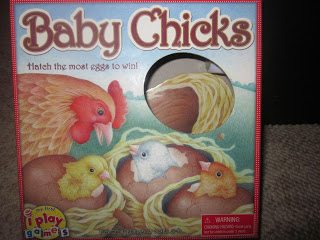Why the bad press for backyard chickens via the Centers for Disease Control and Prevention (CDC)? Their reaction to the relatively small number of cases of Salmonella attributed to backyard poultry is overblown and disproportionate to the risk of being infected by Salmonella through live poultry compared to food-borne Salmonella.
They went so far as to broadcast a live Facebook event from a backyard chicken coop in 2018 to remind people to wash their hands after handling chickens. Really? Where’s the official reminder to wash hands after using a public restroom? After all, Salmonella lives in the digestive tracts of all humans and animals. The Backyard Poultry Union demands this issue be put into perspective.


WHERE’S THE BEEF?
Here’s one inflammatory headline from the CDC in 2018: “Multistate Outbreaks of Salmonella Infections Linked to Contact with Live Poultry in Backyard Flocks, 2018.” “As of July 13, 2018, 212 people infected with the outbreak (sic) strains of Salmonella have been reported from 44 states.” Per the CDC, an “outbreak,” is defined as “when two or more people get the same illness from contact with the same animal or animal environment.” Two people is considered an outbreak. Wow. Really? Here

According to the CDC: “Salmonella is a very common germ.” In fact, Salmonella is a bacteria that exists in the intestinal tracts of all animals and humans alike. “Typically, people with salmonella infection have no symptoms. Others develop diarrhea, fever and abdominal cramps within eight to 72 hours. Most healthy people recover within a few days without specific treatment.” The CDC has said that “people can get sick with Salmonella infections from touching live poultry or their environment. These birds can be carrying Salmonella bacteria but appear healthy and clean and show no signs of illness.” Right, just like humans and other animals. Salmonella can be transmitted by all animals all the time. To say nothing of the ever-present risk of using the restroom.

THE BIG PICTURE
The CDC estimates Salmonella causes about 1.2 million illnesses, 23,000 hospitalizations, and 450 deaths in the United States every year. Here’s the kicker: of those 1.2 million illnesses caused by Salmonella, a whopping one million of those cases annually are caused by food, not live poultry. Put another way, more than 82% of Salmonella infections in the United States are not caused by backyard chickens, ducks or other poultry. The 18% of Salmonella cases not related to food include infections caused by pet turtles, geckos, guinea pigs, hedgehogs, bearded dragons, commercially processed shell eggs, and last, but not least, from exposure in microbiology laboratories!

So… out of 1.2 million Salmonella cases reported annually, a mere 212 cases of Salmonella illnesses this year have been linked to live poultry. Backyard chickens didn’t kill any of them, but food-borne Salmonella kills 450 people annually. Of the 23,000 annual Salmonella hospitalizations, only 34 were poultry-related this year. Where are the priorities at the CDC that Salmonella from live poultry warrants a Live Facebook event from a backyard chicken coop whose big take-away is…wait for it… “Wash your hands after handling chickens!” Duh. Tell us something we don’t know. How about a CDC educational event from the romaine lettuce section of a grocery store or a Chipotle restaurant’s kitchen?


Gail Damerow, author of The Chicken Health Handbook, points out that “a person handling chicks or ducklings can easily get bits of poop dust on their hands from the hatchling’s feet or body. Children, with their immature immune systems, are especially vulnerable to getting sick if they then put their hands in their mouth, or touch their nose or eyes.” Use common sense, folks: wash your hands after handling any animal and after using the restroom, and ensure children’s hands are washed properly, too.
Speaking of things not to put into your mouth, consider these 2018 recalls due Salmonella:
- Raw turkey, (90 cases, 40 hospitalized)
- Pre-cut melon, (70 cases, 34 hospitalized)
- Shell eggs from a commercial poultry farm, (45 cases, 11 hospitalized)
- Pasta Salad, (21 cases, 5 hospitalizations)
- Honey Smacks cereal, (100 cases, 30 hospitalized)
- Commercially produced chicken salad (235 cases, 94 hospitalized, 1 death)
- And, of course, those pesky Goldfish crackers.
The world is full of far more dangerous things than backyard poultry.

The further removed we are from growing our own food, the more it is handled by humans, the higher the risk of becoming sick from germs like Salmonella. Self-reliance by way of raising backyard chickens actually reduces the risk of becoming one of the one million cases of food-borne Salmonella. Let’s encourage and promote the benefits of raising pet chickens instead of fostering fear of raising pets that produce food.
So, “Enjoy your backyard chickens,” Gail advises, “And be careful what you eat.”

Authors Gail Damerow and Kathy Shea Mormino
Kathy Shea Mormino
Affectionately known internationally as The Chicken Chick®, Kathy Shea Mormino shares a fun-loving, informative style to raising backyard chickens. …Read on


shop my SPONSORS
Why the bad press for backyard chickens via the Centers for Disease Control and Prevention (CDC)? Their reaction to the relatively small number of cases of Salmonella attributed to backyard poultry is overblown and disproportionate to the risk of being infected by Salmonella through live poultry compared to food-borne Salmonella.
They went so far as to broadcast a live Facebook event from a backyard chicken coop in 2018 to remind people to wash their hands after handling chickens. Really? Where’s the official reminder to wash hands after using a public restroom? After all, Salmonella lives in the digestive tracts of all humans and animals. The Backyard Poultry Union demands this issue be put into perspective.


WHERE’S THE BEEF?
Here’s one inflammatory headline from the CDC in 2018: “Multistate Outbreaks of Salmonella Infections Linked to Contact with Live Poultry in Backyard Flocks, 2018.” “As of July 13, 2018, 212 people infected with the outbreak (sic) strains of Salmonella have been reported from 44 states.” Per the CDC, an “outbreak,” is defined as “when two or more people get the same illness from contact with the same animal or animal environment.” Two people is considered an outbreak. Wow. Really? Here

According to the CDC: “Salmonella is a very common germ.” In fact, Salmonella is a bacteria that exists in the intestinal tracts of all animals and humans alike. “Typically, people with salmonella infection have no symptoms. Others develop diarrhea, fever and abdominal cramps within eight to 72 hours. Most healthy people recover within a few days without specific treatment.” The CDC has said that “people can get sick with Salmonella infections from touching live poultry or their environment. These birds can be carrying Salmonella bacteria but appear healthy and clean and show no signs of illness.” Right, just like humans and other animals. Salmonella can be transmitted by all animals all the time. To say nothing of the ever-present risk of using the restroom.

THE BIG PICTURE
The CDC estimates Salmonella causes about 1.2 million illnesses, 23,000 hospitalizations, and 450 deaths in the United States every year. Here’s the kicker: of those 1.2 million illnesses caused by Salmonella, a whopping one million of those cases annually are caused by food, not live poultry. Put another way, more than 82% of Salmonella infections in the United States are not caused by backyard chickens, ducks or other poultry. The 18% of Salmonella cases not related to food include infections caused by pet turtles, geckos, guinea pigs, hedgehogs, bearded dragons, commercially processed shell eggs, and last, but not least, from exposure in microbiology laboratories!

So… out of 1.2 million Salmonella cases reported annually, a mere 212 cases of Salmonella illnesses this year have been linked to live poultry. Backyard chickens didn’t kill any of them, but food-borne Salmonella kills 450 people annually. Of the 23,000 annual Salmonella hospitalizations, only 34 were poultry-related this year. Where are the priorities at the CDC that Salmonella from live poultry warrants a Live Facebook event from a backyard chicken coop whose big take-away is…wait for it… “Wash your hands after handling chickens!” Duh. Tell us something we don’t know. How about a CDC educational event from the romaine lettuce section of a grocery store or a Chipotle restaurant’s kitchen?


Gail Damerow, author of The Chicken Health Handbook, points out that “a person handling chicks or ducklings can easily get bits of poop dust on their hands from the hatchling’s feet or body. Children, with their immature immune systems, are especially vulnerable to getting sick if they then put their hands in their mouth, or touch their nose or eyes.” Use common sense, folks: wash your hands after handling any animal and after using the restroom, and ensure children’s hands are washed properly, too.
Speaking of things not to put into your mouth, consider these 2018 recalls due Salmonella:
- Raw turkey, (90 cases, 40 hospitalized)
- Pre-cut melon, (70 cases, 34 hospitalized)
- Shell eggs from a commercial poultry farm, (45 cases, 11 hospitalized)
- Pasta Salad, (21 cases, 5 hospitalizations)
- Honey Smacks cereal, (100 cases, 30 hospitalized)
- Commercially produced chicken salad (235 cases, 94 hospitalized, 1 death)
- And, of course, those pesky Goldfish crackers.
The world is full of far more dangerous things than backyard poultry.

The further removed we are from growing our own food, the more it is handled by humans, the higher the risk of becoming sick from germs like Salmonella. Self-reliance by way of raising backyard chickens actually reduces the risk of becoming one of the one million cases of food-borne Salmonella. Let’s encourage and promote the benefits of raising pet chickens instead of fostering fear of raising pets that produce food.
So, “Enjoy your backyard chickens,” Gail advises, “And be careful what you eat.”

Authors Gail Damerow and Kathy Shea Mormino





























Thank you for all the information you share. It has helped me get started and fall in love with raising chickens. Sifting through all the noise can be daunting. I like how you simplify. It makes raising these little girls more manageable….. In researching, I have also been concerned with some of what I have read. Specifically biosecurity. I love my chickens. I have 4 in the coop just 24 weeks – one just started laying. I have 6 in the brooder headed to their own little coop till they are ready to join the big girls… Handwashing after handling… Read more »
Were the six chicks in the brooder raised from day old chicks? If so, there is no need for changing clothes or strict biosecurity measures between the two groups because they’re going to be all one flock soon.
What kind of sand should a chicken have to fluff in or peck at I was using play sand but ha a bunch of don’t do that’s from people was told me to use cement mix it my brain said no stupid. I want them to be healthy and happy give me ideas for their coop yard for encouragement of acting like a chicken. Some tell me I can let them roam free and they will come back to roost in the barn I’ve made for them . It wasn’t fun catching them at my age of 60 . So… Read more »
These two articles should help: https://the-chicken-chick.com/chicken-dust-baths-ultimate-spa/
https://the-chicken-chick.com/chicken-coop-bedding-sand-litter/
Enjoyed the article! we would like to know the breed of the chickens in the photo where they sit on the lawn chair? We are setting up our “house” and want the inhabitants colorful and fun (and easily identifiable). We have cold winters and are insulating well but want a good supply of eggs year round. I am enjoying the news letter! Thank you for sharing your passion for backyard flocks with us all.
I love this site. I was raised in the city. Imagine my surprise when I found out they were actually alive.
So glad to have you put in writing what I felt in my heart to be true all along. Thanks for taking the time to collect all the statistics and breaking it down for us to understand. I’m am so enjoying your blog and the information you give us! (Was originally looking for the “bee sting” blog but found so much more!)
Thanks Linda!